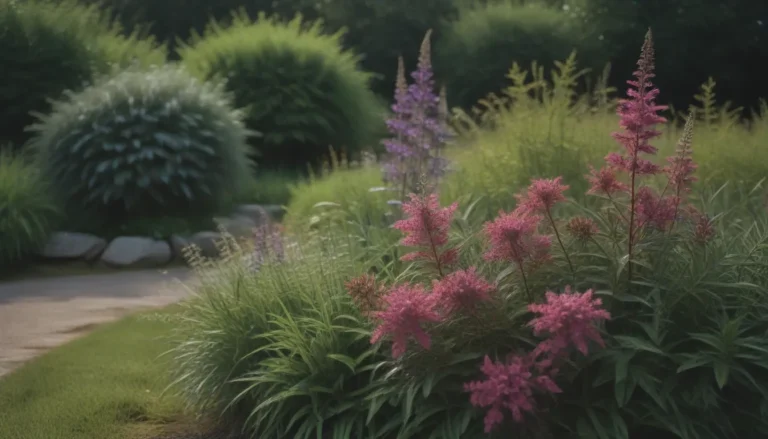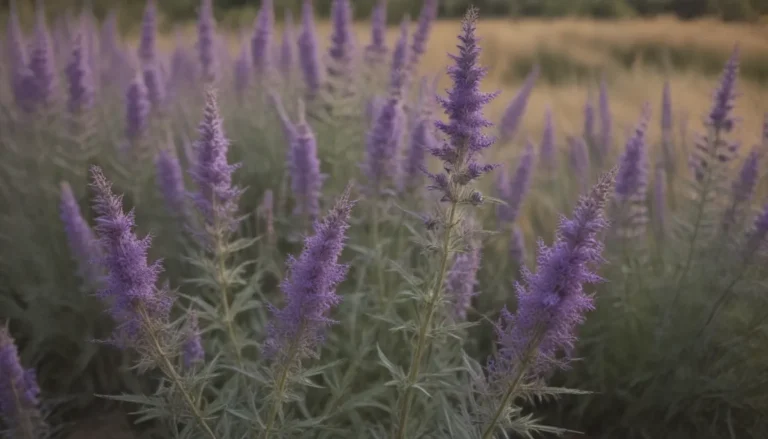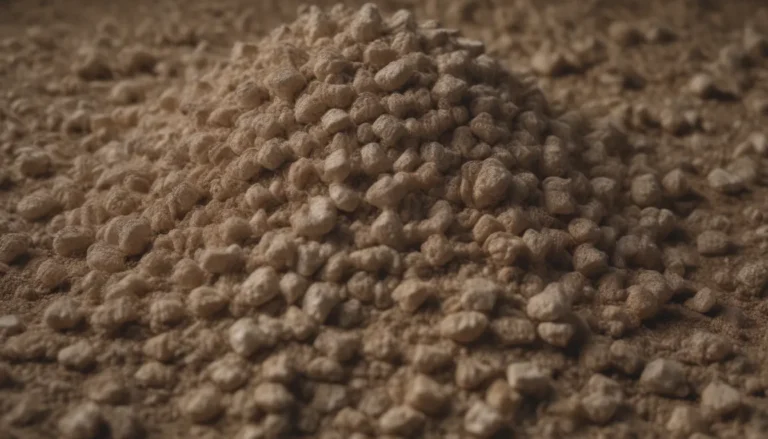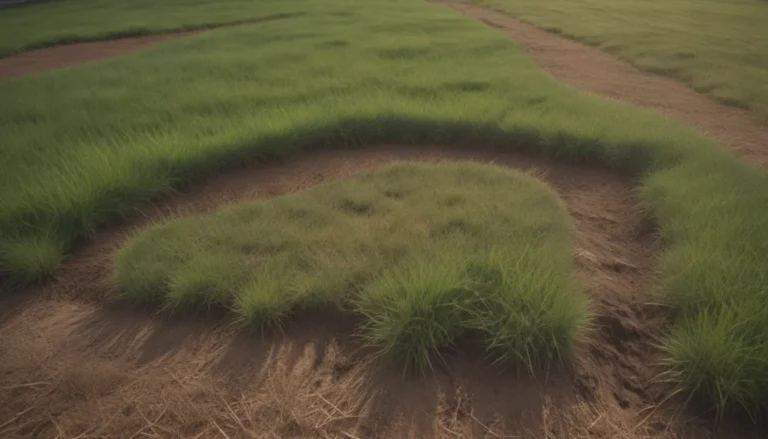How to Grow, Care for, and Enjoy Little Bluestem Grass
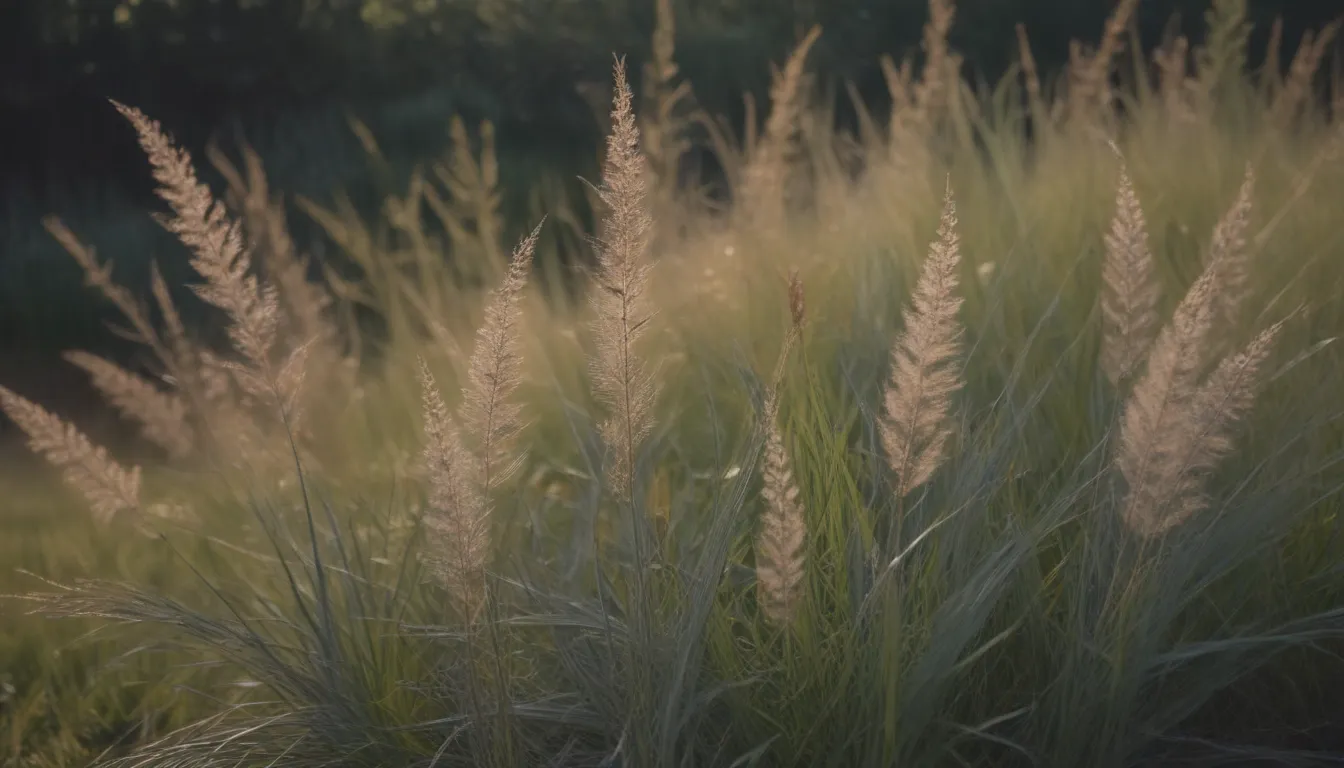
Little bluestem grass, also known as Schizachyrium scoparium, is a versatile and adaptable native prairie grass that is gaining popularity as an ornamental plant. Its unique silvery-blue tinge on the green stems and foliage, along with its low-maintenance care requirements, make it a great choice for adding texture and interest to your landscape. In addition to its aesthetic appeal, little bluestem also boasts deep roots that help prevent soil erosion, making it a functional and attractive option for your garden.
Why Little Bluestem is Worth Your Attention
Little bluestem grass offers a variety of benefits that make it a valuable addition to any garden. Here are a few reasons why you should consider adding this versatile grass to your landscape:
- Drought resistance: Once established, little bluestem can thrive in dry, infertile soils, making it a low-maintenance option for busy gardeners.
- Adaptability: This grass can tolerate a wide range of soil conditions, from well-drained to clayey, making it suitable for different landscapes.
- Year-round interest: Little bluestem’s purplish seed heads, stems, and foliage turn a striking copper-yellow in the fall, providing winter interest in your garden.
- Wildlife benefits: The seeds of little bluestem are a valuable source of nutrition for birds, making it a great choice for attracting wildlife to your garden.
Little Bluestem Care Tips
Proper care is essential for ensuring that your little bluestem grass thrives in your garden. Here are some tips to help you grow and care for this lovely ornamental grass:
Light
- Little bluestem thrives in full sun but can tolerate various light conditions. Plant it in a sunny spot to ensure its best growth.
Soil
- Plant little bluestem in well-drained soil with light moisture levels. It can also tolerate clay and occasional wet conditions, making it a versatile choice for different soil types.
Water
- Once established, little bluestem has good drought tolerance. Avoid overwatering, as it can cause the plant’s stems to droop. Young plants may benefit from light weekly watering during the summer months if rainfall is insufficient.
Temperature and Humidity
- Little bluestem is well-adapted to southern climates and can thrive in most parts of the US. It can withstand dry, humid heat and thrives in temperatures above 80 degrees Fahrenheit.
Fertilizer
- Little bluestem does not require much fertilization, as it can grow well in poor soils. Avoid using rich, fertile soils, as they can cause the stems to flop at the base. Opt for drier, less fertile soil to keep the stems shorter and stronger.
Popular Little Bluestem Cultivars
As the popularity of little bluestem grass continues to grow, there are now several cultivars to choose from. Some popular options include:
- ‘Blaze’
- ‘The Blues’
- ‘Standing Ovation’
These cultivars offer unique characteristics and colors that can add diversity to your garden.
Pruning and Propagating Little Bluestem
To promote healthy growth and maintain the appearance of your little bluestem grass, consider the following tips:
Pruning
- Cut back the foliage and stems of little bluestem in late winter or early spring to promote healthy new growth. By waiting until spring to prune, you can provide winter food sources for local birds.
Propagating
- Little bluestem is easy to propagate by dividing healthy, established clumps in the spring. Space the divisions around 1.5 feet apart to allow ample room for growth.
Growing Little Bluestem From Seed
If you prefer to grow little bluestem from seed, follow these steps to ensure successful germination and establishment:
- Plant the seeds in early spring to allow the roots to establish before winter.
- Little bluestem seeds germinate within one to three weeks at temperatures around 80 degrees Fahrenheit.
- Use 1/2 to 2 pounds of seeds per 1,000 square feet for optimal results.
Common Problems and Companion Grasses
While little bluestem is a hardy and low-maintenance grass, overwatering and over-fertilizing can lead to weak stems and lodging, where the foliage droops. This can result in fungal leaf spot development. It may take up to two years for little bluestem to fully establish, but once mature, it can reach heights of 2 to 3 feet, with flowering seed heads reaching up to 5 feet in late summer.
In addition to little bluestem, other native warm-season prairie grasses, such as big bluestem, Indian grass, and switchgrass, offer similar growing conditions. However, these grasses tend to grow taller and in denser clumps, requiring more maintenance.
If you want to attract birds and wildlife to your garden, little bluestem is an excellent choice due to its high-value seeds as a food source. However, if you need a deer-resistant grass, consider other options, as little bluestem may not be the best choice.
In conclusion, little bluestem grass is a versatile, low-maintenance plant that offers aesthetic appeal and functional benefits for your garden. By following these care tips and recommendations, you can enjoy the beauty of this native grass in your landscape for years to come.
